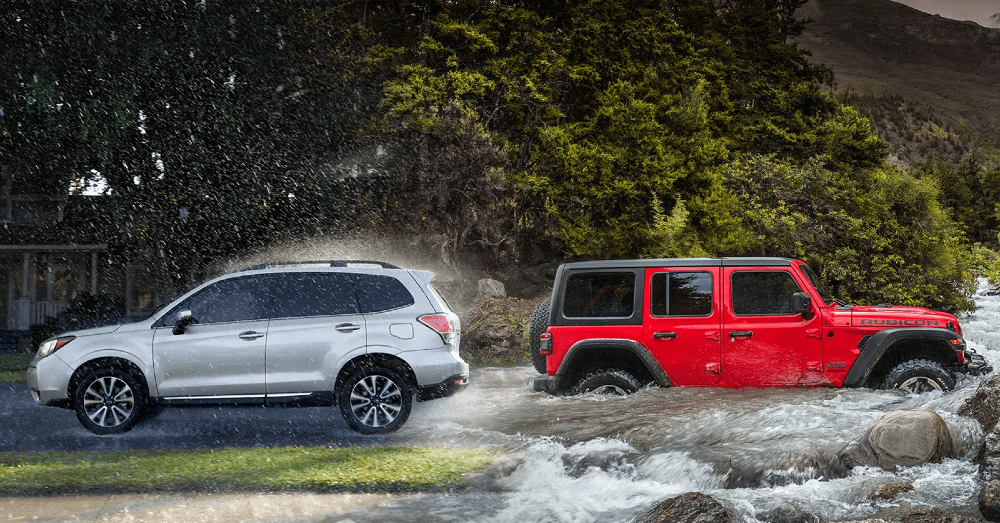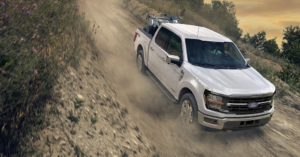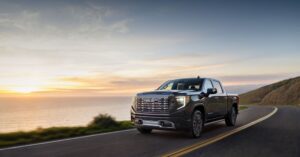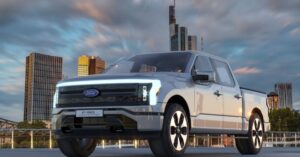
Are there any differences between all-wheel drive and four-wheel drive? Yes, there are, and you should know them when you are vehicle shopping.
We often see the terms AWD and 4WD used interchangeably, but they aren’t. Although similar, they are two different types of drive systems available in vehicles today. When you know the differences, you’ll have a better idea of what you want in your vehicle. Let’s explore the key differences so that you can understand what to expect when these terms are used.
The driver could be in control
In its most basic form, AWD sends a variable amount of torque to each axle. This is not controlled by the driver but by the vehicle’s ECU. If you’ve heard the term torque-vectoring, this is an advanced form of AWD in which the torque is sent specifically to the wheels that need it to continue the drive. This helps vehicles avoid being stuck in the mud for too long.
On the other hand, a vehicle with 4WD generally has a system that can be switched on and off by the driver. This means when driving on roads you are likely to use the 2WD setting which sends power to the rear wheels. There are usually two other settings, 4HI and 4LO, which provide the gearing for the axles to receive power from the center differential. A vehicle equipped with 4WD relies on a transfer case, which functions like a locked differential.
Why do we have both systems?
In general, all-wheel drive is better for on-road driving than four-wheel drive, and the opposite is the case for off-road driving. A 4WD vehicle sends equal power to all four wheels, which means if one wheel is stuck or spinning, the other three can help get it out of trouble. This wouldn’t be useful in the road when going around corners because the wheels are all turning at the same speed. When you drive around a corner, the outside wheels have to spin faster than the inside wheels, which isn’t ideal for a 4WD vehicle.
An AWD vehicle is great on the road because it actively sends power to the wheels that need it the most. Some AWD vehicles have a fixed torque split between the axles, but those vehicles still perform better on the roads during cornering than 4WD vehicles because they rely on a differential rather than a transfer case.
The rules don’t apply
As you would expect, there are several vehicles that don’t adhere to the standard explanations of what all-wheel drive and four-wheel drive are supposed to offer. Some vehicles, like the Jeep Wrangler, have a full-time 4WD system to always work for you and provide an impressive drive. The new BMW M5 is an example of a 4WD vehicle that behaves more like an AWD model, muddying the waters for you. If you look at the Ford F-150 Raptor, you have a system that combines the benefits of 4WD and AWD to make it more capable, but still shows how the general rules don’t apply.
Pros of AWD
More vehicles than ever before are coming equipped with AWD, which means there must be some benefits to this drive system. Some of them are:
- Doesn’t require input from the driver
- Automatically adapts to road conditions, sending more or less power to each wheel and axle as needed
- Suitable for both slow and highway speeds
- Has sportier handling and improved traction for safer on-road driving
Cons of AWD
Many drivers will turn to 4WD instead of AWD, especially if they intend to take the vehicle off-roading. Some reasons for this are:
- AWD typically doesn’t get as much life out of the tires because all four wheels are being powered at all times while driving
- Added weight can reduce fuel efficiency
- Limited off-road capabilities
- A more complex system, which raises the cost of a vehicle
Many large SUVs and trucks that can be set up for off-road driving can be had with 4WD. This is beneficial for these vehicles because:
- Higher vehicle clearance
- Can be turned on and off depending on the terrain
- In 2WD setting, the vehicle is more efficient
Cons of 4WD
When you think 4WD is the way to go, you might want to consider the negative aspects of this drive system, which are:
- Needs to be disengaged to drive on pavement without issue
- Not suitable for all driving conditions
- Adds weight and increases fuel usage when engaged
Will you choose a vehicle with all-wheel drive or four-wheel drive to handle those times when you need power to all four wheels?
This post may contain affiliate links. Meaning a commission is given should you decide to make a purchase through these links, at no cost to you. All products shown are researched and tested to give an accurate review for you.








